In celebration of Classmates turning 20 years old, let’s take a look back at the last few decades and how we’re giving a thumbs-up “like” to the tech revolution.
Social Networking is 20

Connection On A Whole New Level
It was 1995. The precipice of a new era. Whether you could foresee the changes coming (or not) we were on the brink of communication, as we knew it.
If you were a trailblazer you might call your friend via your new cellular phone. Ah yes, remember cell phones from the early days? You spent a good chunk of your salary to hold that black brick in your hands and press the red and green buttons to send and receive calls. Yes, it was more of a costly black paperweight, which allowed calls to go in and out at a steep $2.99 a minute but so worth it. You would sip on Starbucks’ latest drink the ‘Frappuccino’ (we’re still not exactly sure what is in there), and think just how cool it was to make a call without a long cord attached to the wall. Not only was this the start of a major shift in communications, because it was literally in the palm of your hands, but it was also the beginning of new developments in conversations in what would come to be known as social networking.
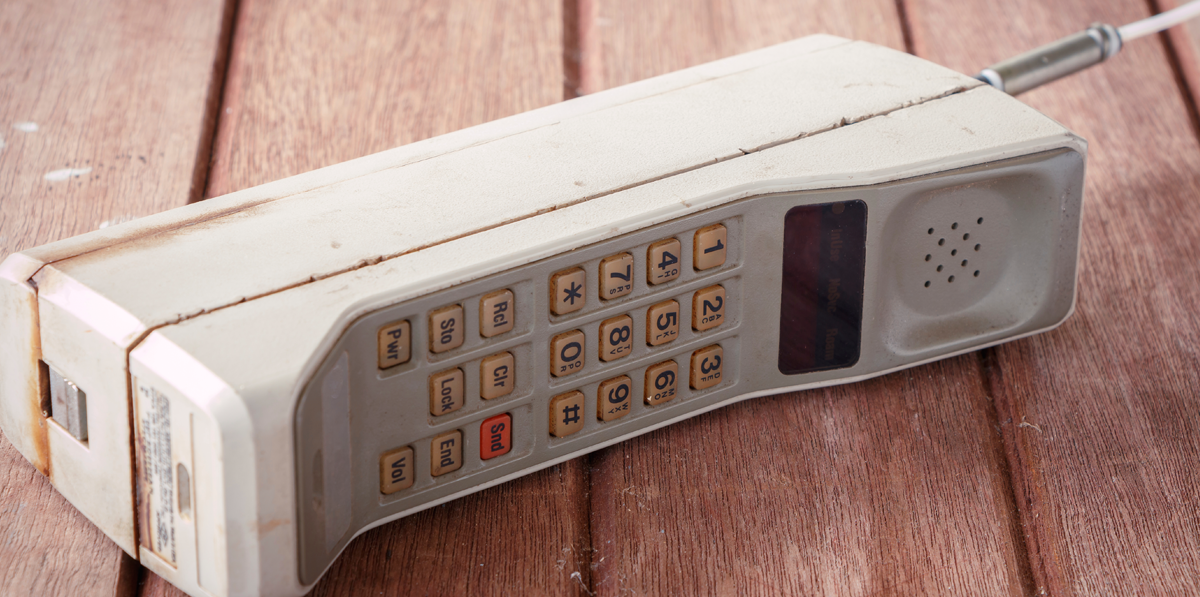
Social Networking is Born. Hello, World!
In 1995, Randy Conrads set out to create something completely new for the Internet. As a child in a military family, he turned his frustrations of trying to reconnect with people he went to school with into a business idea and he started Classmates.com from the basement of his home. The site initially was a class directory in which paid members could make direct contact with former class members. Now if you think 1995 wasn’t long ago, just think what was going on at that time – the hit show Full House aired its series finale, the first George Foreman grill was introduced to the world and Mark Zuckerberg was only 11 years old!
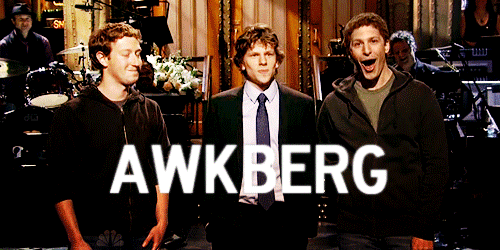
It wasn’t until two years later that AOL launched Messenger, and as AIM appropriately puts it — “OMG since 1997”. In the era of chat rooms, Six Degrees, a social network which allowed users to list their friends, family members and acquaintances, and communicate via bulletin boards and messages, launched. Though the company had many successes, it was short-lived and the company went under in 2001.
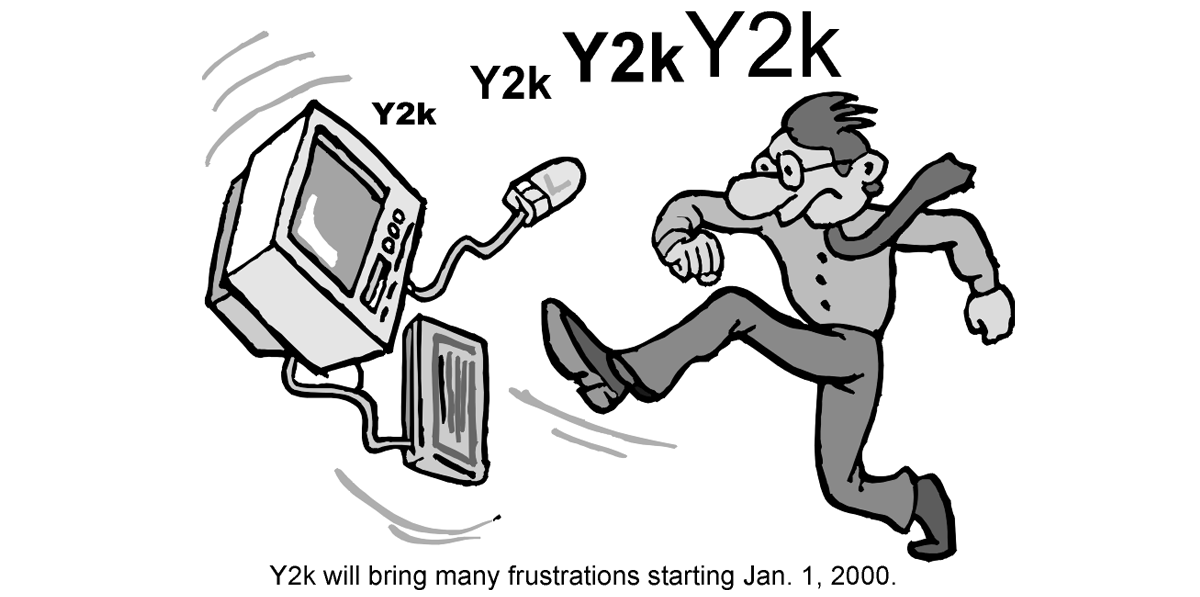
Hello Millennium. Hello Myspace.
The turn of the century was nothing short of pure excitement. Remember hanging on with sheer adrenaline as the clock struck midnight on New Year’s Eve in 2000? Advancements in technology left little understanding of situations like Y2K yet so much to the imagination. Would machines actually stop working? Or possibly even blow up?! What was in store for us was much more than we could’ve ever expected, and thankfully Y2K was merely a lot of hype.

Over the next few years, the need for people to communicate online became apparent with the rise of chat rooms and online communities. The millennium brought a new concept to social networking – people connecting with social circles. With the launch of Friendster in 2002, a platform to allow you to find friends based on interest groups, there quickly came many follow-on platforms including Myspace, LinkedIn and Facebook but took the concept of social networking to a new level. CEO of Myspace and every member’s first friend, Tom Anderson, started the company with Brad Greenspan, Chris DeWolfe, and Josh Berman. They used successful aspects from Friendster to start a new platform, which quickly gained in popularity. Though both companies saw major success in the early days, so too came massive downward trends causing a need for transformation. Friendster is currently taking a break though no word on their next steps.
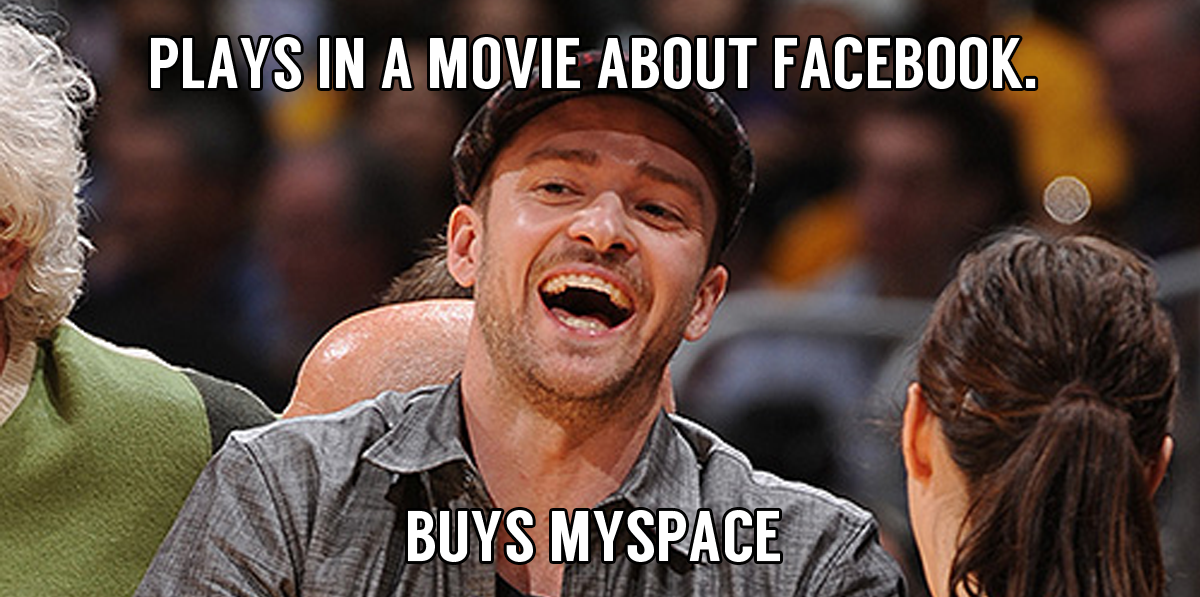
Myspace had major popularity as the top social networking site in 2006. In that year, it was reported that Myspace was the most visited site, even beating Google. Until April 2008, it was the top social networking site in the world. Myspace also went through major restructuring and even gained financial backing from singer and actor, Justin Timberlake.
That same year another heavy hitter came onto the scene. Introducing LinkedIn. They kicked into full gear in 2003 when Reid Hoffman and team launched the first professional networking site for colleagues to maintain contact, message and showcase their experience.

Now, if you’ve been under a rock then this may be news to you: in 2004, Harvard student Mark Zuckerberg created a social network called The Facebook from his dorm room with Eduardo Saverin, Andrew McCollum, Dustin Moskovitz and Chris Hughes. The site was intended for Harvard students but quickly expanded to nearby colleges, The Ivy League, and Stanford University. His story was captured in the movie “The Social Network” with the screenplay written by writer Aaron Sorkin. The landscape of social interactions dramatically changed with the birth of social networking, but specifically, Facebook has accelerated our ability to get information. As a society, we commonly turn to our newsfeed to see the latest updates from friends and family, and ‘like’ activity as a way to convey interest.
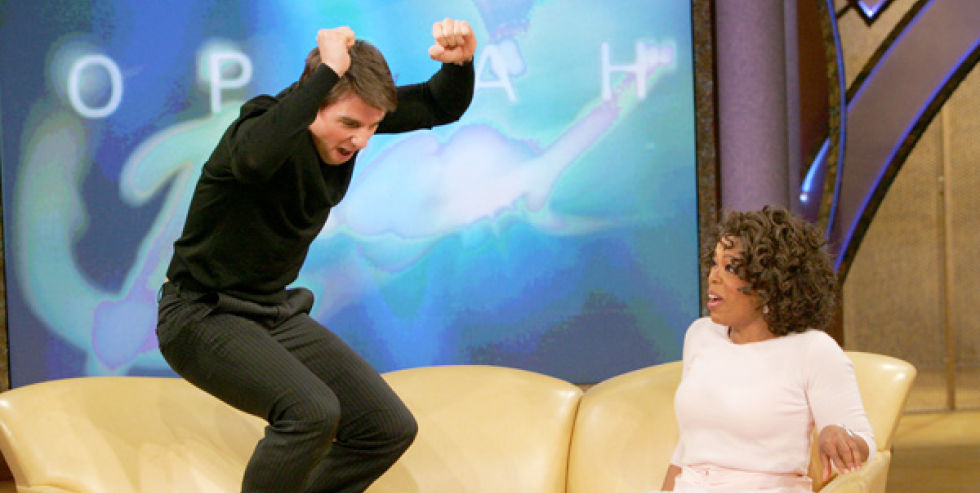
Social Networking & Fourth Screen Technology
In the days of Tom Cruise’s infamous couch jumping-crazed moment on Oprah’s “The Oprah Winfrey Show”, came the next digital shift in social connections online. During this time, there were major developments that spring boarded communication in technology to the next level. In early 2005, YouTube launched the ability for users to share video. In 2006, YouTube was purchased for $1.65 billion (yes…billion) by Google.
A year later we received a visit from a little blue bird and people grossly underestimated just how much of an impact 140 characters can make. That is when Twitter made its mark and celebrities went crazy engaging with fans. Not only did the platform allow people to have a presence, but communicate a “short burst of inconsequential information” as explained by Jack Dorsey, creator of the online platform.
The next game changer came from the Apple mastermind Steve Jobs in early 2007 with the introduction of the iPhone. Although it was designed as a “breakthrough Internet communicator”, as coined by Steve Jobs, users didn’t realize how marrying a computer and phone created a ‘fourth screen technology’. This new dimension allowed users to instantly manage their life from the palm of their hand. Later TIME named it ‘Invention of the Year’ in 2007.

Move Over Desktop, You’ve Been Dethroned by Mobile
The next phase of social networking encompassed people’s love for photos and mobile platforms. At the tail-end of 2009, the concept of Pinterest, a desktop and mobile application built as a “catalog of things”, was realized with creators Ben Silbermann, Evan Sharp, and Paul Sciarra.
Immediately following the origination of Pinterest, the mobile-only app Instagram, which allows users to add photos, was launched. Within 18 months, there were over 100 million active users. Now that’s worth a double tap!
In all, we’ve been through many changes in communication. From corded to wireless and snail mail to e-mail, social media has made a permanent mark on our way of life. And to think, it all started with a guy, in a basement, helping you plan your next high school reunion.
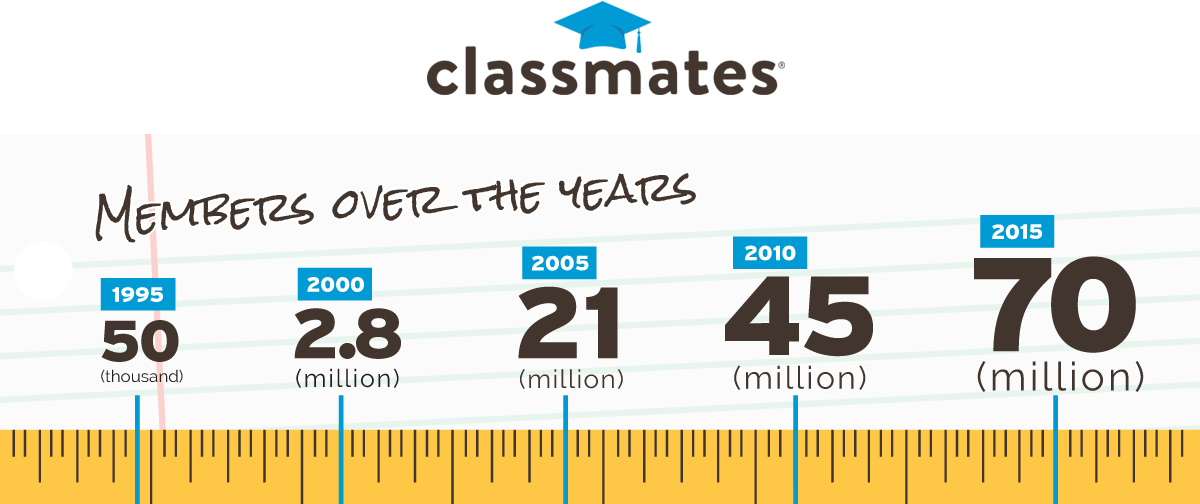
Helping Members Stay Connected
Members have been reconnecting for years on Classmates.com. We hear from many people who have found their first love, long-lost family member or old friend. Their stories continue to warm the hearts of many and we’re sure you’ll agree.
Go ahead and check out some of the best stories over the last 20 years!

About Classmates
Classmates has been there through it all, still fulfilling our promise to connect members to their High School friends. In our 20 years, Classmates has been the hub for planning countless reunions and the source for reconnecting to your past. Our latest endeavor? To marry our past to the future by bringing 130 years of High School Yearbooks to the social revolution. With over 300,000 interactive yearbooks already online, we are continuing to find new ways to connect in the 21st century.